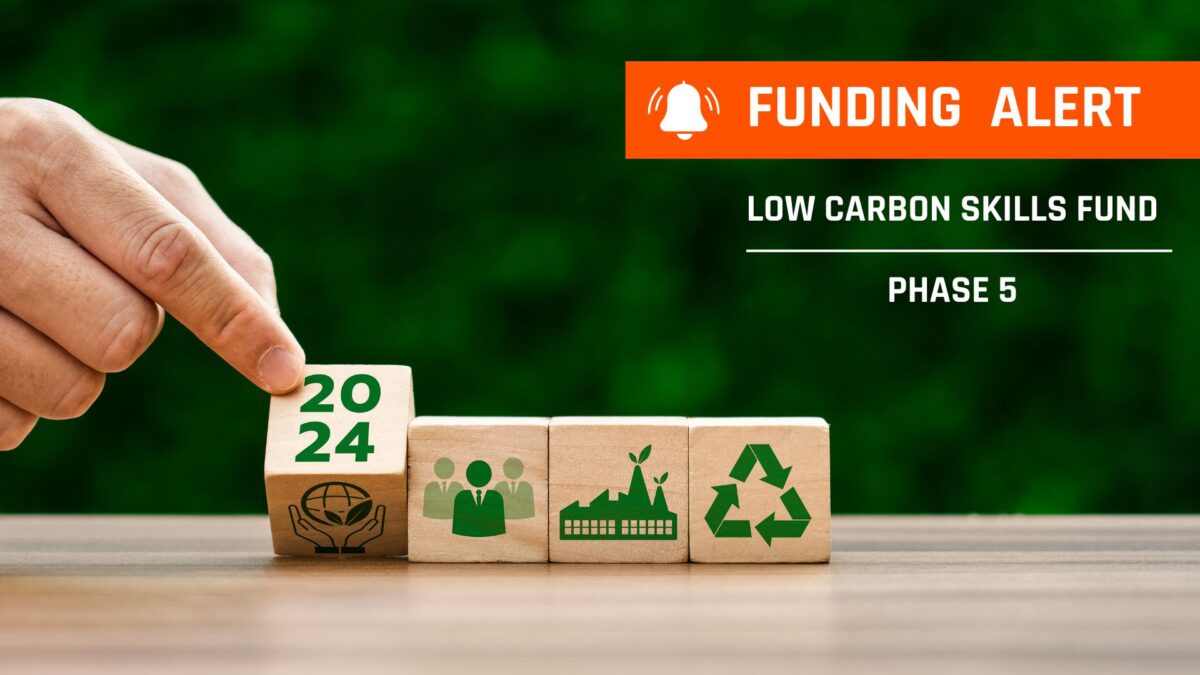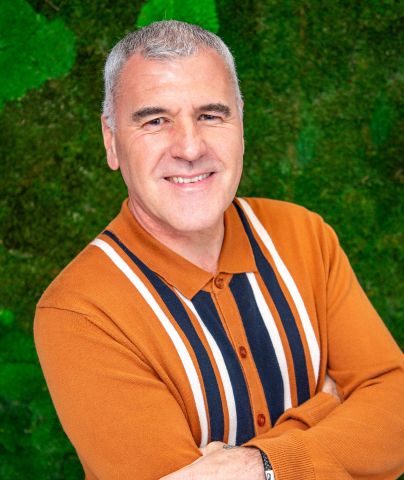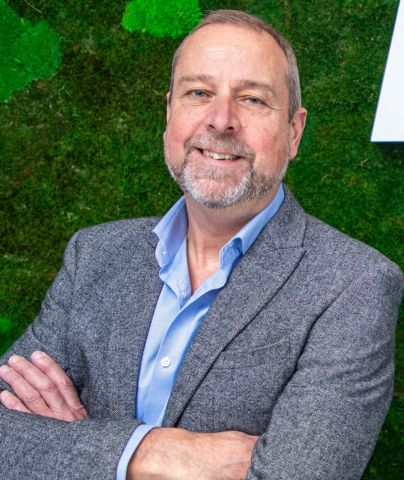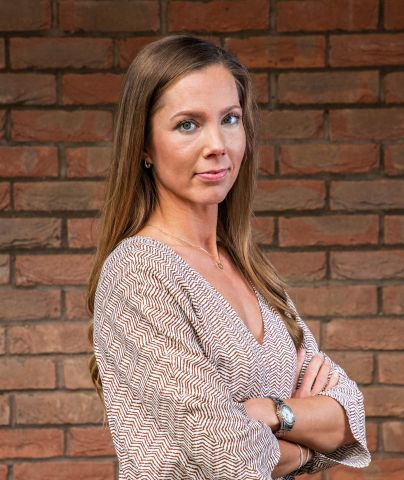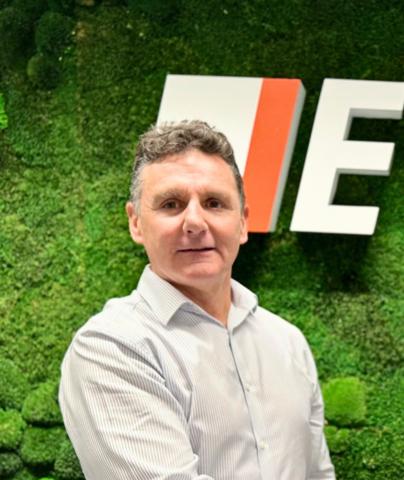THIS ARTICLE AT A GLANCE
CONTACT ETS
If you have any questions or would like to discuss further what you should be doing, ETS is here and willing to help.
Call 0117 205 0542
Email enquiries@energy-ts.com
Submit a contact form
CHECK OUR SERVICES
The Future of Energy Data and Analytics

There is perhaps no single aspect of energy management more important than energy data and analytics. In many ways, the energy performance of your buildings is directly tied to how your business is monitoring usage, as well as the number of data sources you have access to. Without the right solution in place, it’s likely that your business is wasting energy and money, perhaps unwittingly.
It’s also important to be aware that there is no one-size-fits-all solution when it comes to energy data and analytics. The solution best suited for your business is dependent on a number of factors, including your industry and size. However, understanding the area’s current trajectory – and the technological advancements that are transforming it – is essential for ensuring you make the correct decision. Selecting the best energy analytics solution, as well as the right specialist to support its implementation and monitoring, is key for ensuring that your organisation is able to excel.
What are the recent trends in this area?
Energy data and analytics is a rapidly changing area with many moving parts. However, there are some specific trends that businesses should be aware of. For example, the growing presence of specialist machine learning and AI is transforming the way that data is processed. Thousands of data points can be accessed in next to no time, and with a greater level of accuracy than humans alone are able to provide. This means that an area that was once slow and manual is now lightning fast – and it’s improving all the time.
An AI solution can be trained to learn how your building operates, having an awareness of elements such as optimum internal thermal comfort levels, and which lights need to remain on given ambient daylighting and lux levels. The solution can also adjust its strategy automatically based on additional factors such as prevailing weather conditions, and specific occupancy patterns. Possessing this level of knowledge will also help it to detect any potential functionality problems – such as system failures – as soon as they arise, allowing them to be resolved before they develop into more serious issues.
In short, this shift towards machine learning and AI is providing businesses with a scaled and sophisticated ‘single point of truth’ when it comes to their energy management. This allows them to plan more effectively and feel secure in the knowledge that they are not unnecessarily wasting energy.
What steps should businesses take?
As an initial position, it’s important to consider that every business and every building is unique. A strategy that may suit one organisation may not work for another – every organization has its own specific pressure points and problems that need solving.
The decisions you make when it comes to energy analytics should be centred around ROI. Integrate technology that is likely to provide you with a return on investment – even if it isn’t an immediate one. Most energy management systems, when paired with the correct type of business, pay for themselves within the first couple of years, so partnering with the correct advisor to ensure you make the right decisions is essential.
Energy & Technical Services can support you in this area, providing the advice and guidance needed to ensure that you’re making the correct choices when it comes to energy management.
Final thoughts
If you are looking for an energy management system that is tailored to your business needs, ETS can provide you with 25 years of experience in dramatically improving energy efficiency and reducing environmental impacts. Whether your businesses have individual assets or large international portfolios, ETS can assist you in saving substantial amounts of money while significantly reducing your carbon performance.
To discuss your requirements, get in touch. You can contact us by calling 0117 205 0542 or drop us an email at enquiries@energy-ts.com.
There is perhaps no single aspect of energy management more important than energy data and analytics. In many ways, the energy performance of your buildings is directly tied to how your business is monitoring usage, as well as the number of data sources you have access to. Without the right solution in place, it’s likely that your business is wasting energy and money, perhaps unwittingly.
It’s also important to be aware that there is no one-size-fits-all solution when it comes to energy data and analytics. The solution best suited for your business is dependent on a number of factors, including your industry and size. However, understanding the area’s current trajectory – and the technological advancements that are transforming it – is essential for ensuring you make the correct decision. Selecting the best energy analytics solution, as well as the right specialist to support its implementation and monitoring, is key for ensuring that your organisation is able to excel.
What are the recent trends in this area?
Energy data and analytics is a rapidly changing area with many moving parts. However, there are some specific trends that businesses should be aware of. For example, the growing presence of specialist machine learning and AI is transforming the way that data is processed. Thousands of data points can be accessed in next to no time, and with a greater level of accuracy than humans alone are able to provide. This means that an area that was once slow and manual is now lightning fast – and it’s improving all the time.
An AI solution can be trained to learn how your building operates, having an awareness of elements such as optimum internal thermal comfort levels, and which lights need to remain on given ambient daylighting and lux levels. The solution can also adjust its strategy automatically based on additional factors such as prevailing weather conditions, and specific occupancy patterns. Possessing this level of knowledge will also help it to detect any potential functionality problems – such as system failures – as soon as they arise, allowing them to be resolved before they develop into more serious issues.
In short, this shift towards machine learning and AI is providing businesses with a scaled and sophisticated ‘single point of truth’ when it comes to their energy management. This allows them to plan more effectively and feel secure in the knowledge that they are not unnecessarily wasting energy.
What steps should businesses take?
As an initial position, it’s important to consider that every business and every building is unique. A strategy that may suit one organisation may not work for another – every organization has its own specific pressure points and problems that need solving.
The decisions you make when it comes to energy analytics should be centred around ROI. Integrate technology that is likely to provide you with a return on investment – even if it isn’t an immediate one. Most energy management systems, when paired with the correct type of business, pay for themselves within the first couple of years, so partnering with the correct advisor to ensure you make the right decisions is essential.
Energy & Technical Services can support you in this area, providing the advice and guidance needed to ensure that you’re making the correct choices when it comes to energy management.
Questions about energy management technology?
If you have any questions regarding the energy needs of your business, our expert team at ETS are always here to help. You can contact us by calling 0117 205 0542, emailing us at enquiries@energy-ts.com or you can submit a contact form.
Related Article
Important Update: What You Need to Know about ESOS Phase 3
Time is ticking for the ESOS Phase 3 deadline. The Environment Agency announced that the reporting system is available now. For organisations qualifying for ESOS Phase 3, the deadline for submitting a compliance notification is 5 June 2024, and organisations should still look to meet this compliance notification deadline where possible.
Earth Day 2024
Earth Day represents a vital reminder of our planet’s fragility and the importance of preserving its natural resources for future generations. It’s a time to unite to combat climate change, protect ecosystems, and promote environmental stewardship.
Low Carbon Skills Fund Phase 5 secures £16 million (Public sector)
Low Carbon Skills Fund Phase 5 has been announced for the new financial year 2024 to 2025. With £16 million of funding available, public sector organisations in England now have the opportunity to harness the technical skills and expertise needed to develop robust heat decarbonisation plans that will pave the way for Net Zero.































